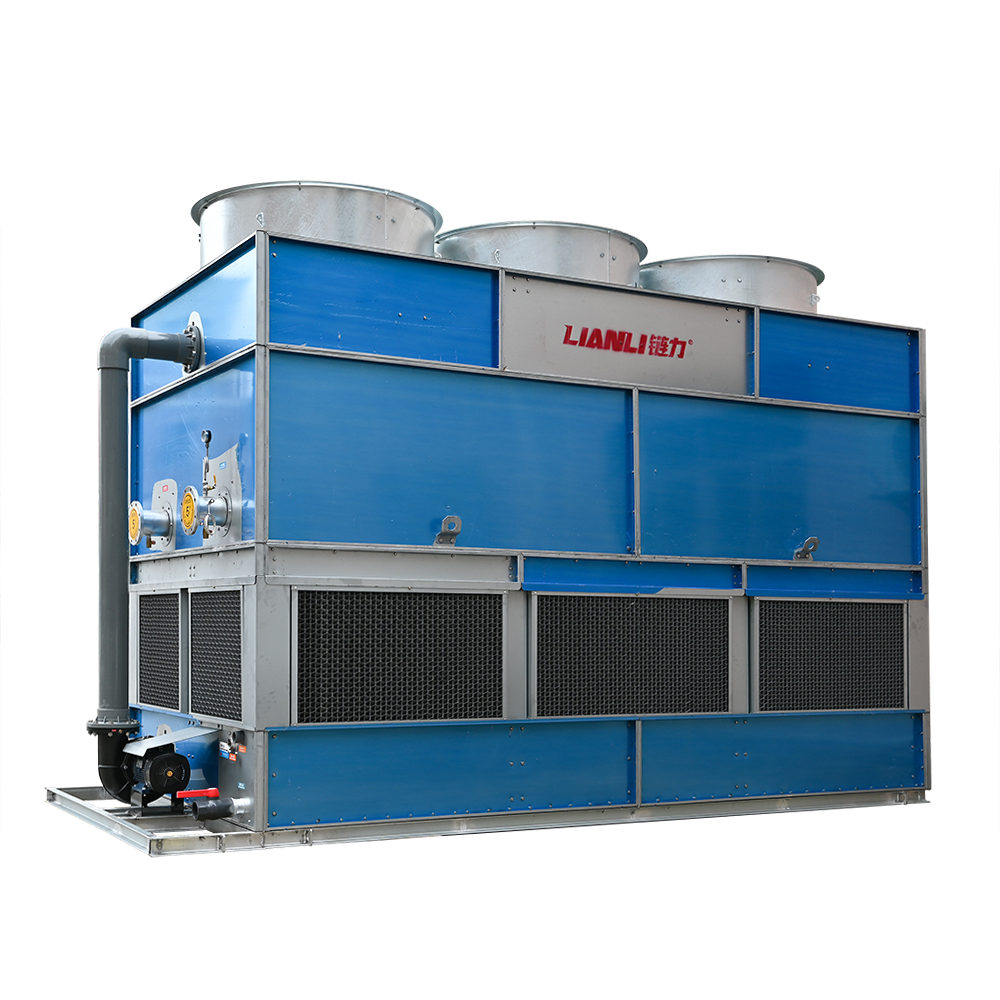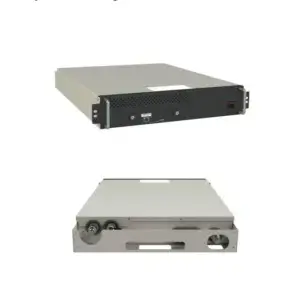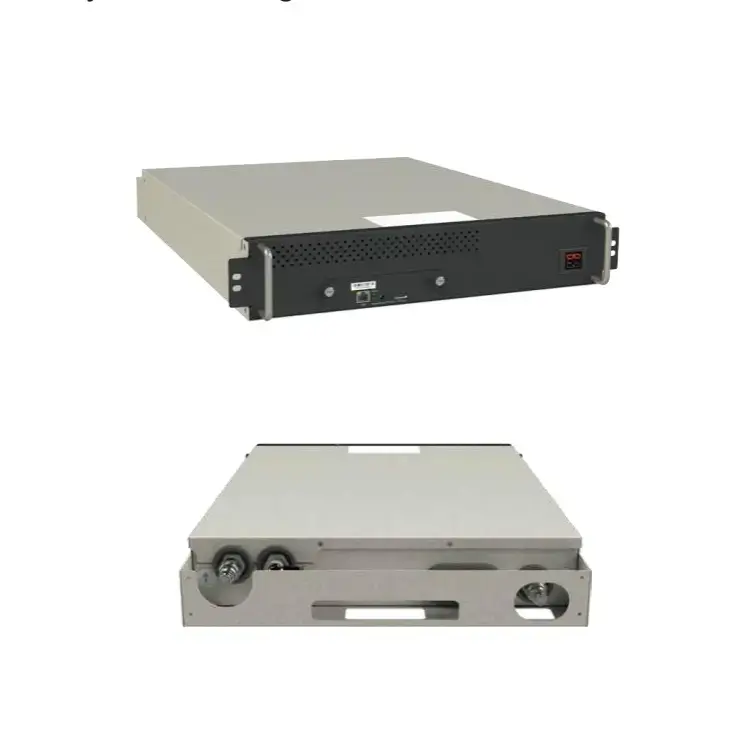Miner S21+ Hyd.: Why Liquid Cooling Is Essential for Mining Data Center Design.
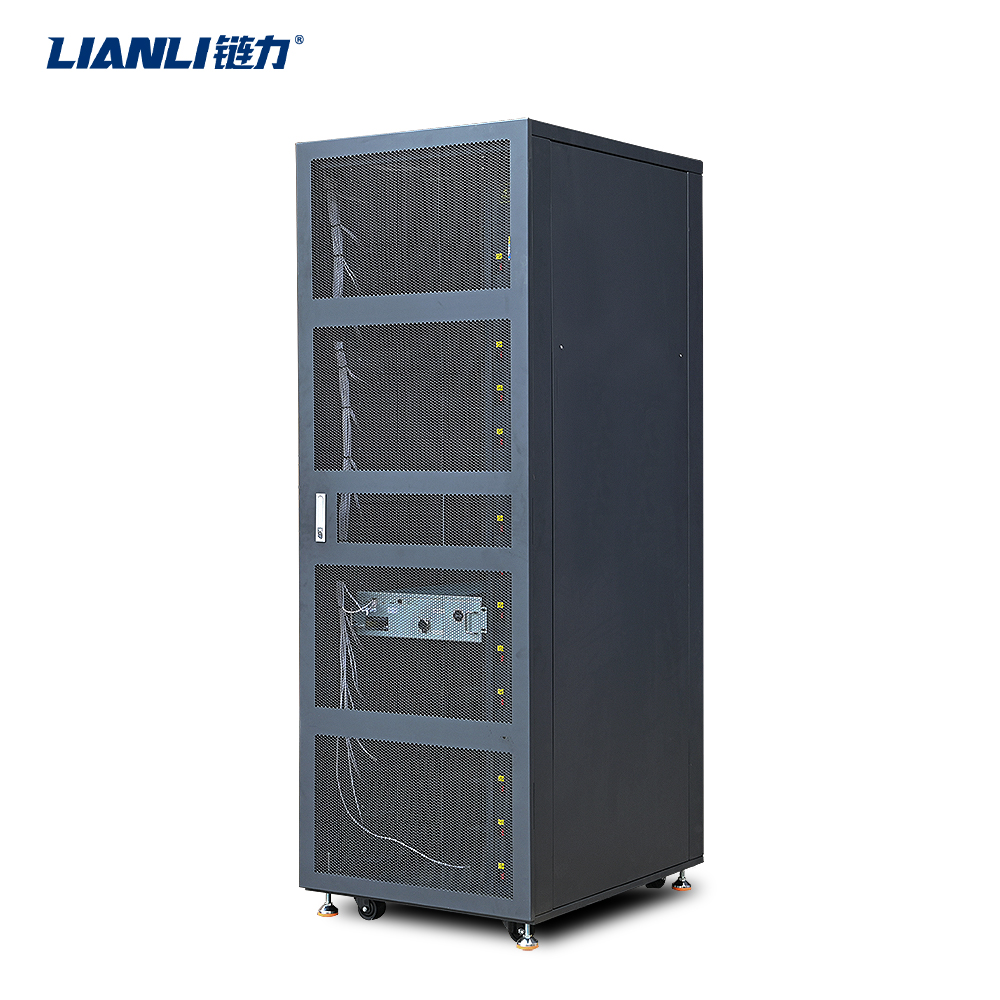
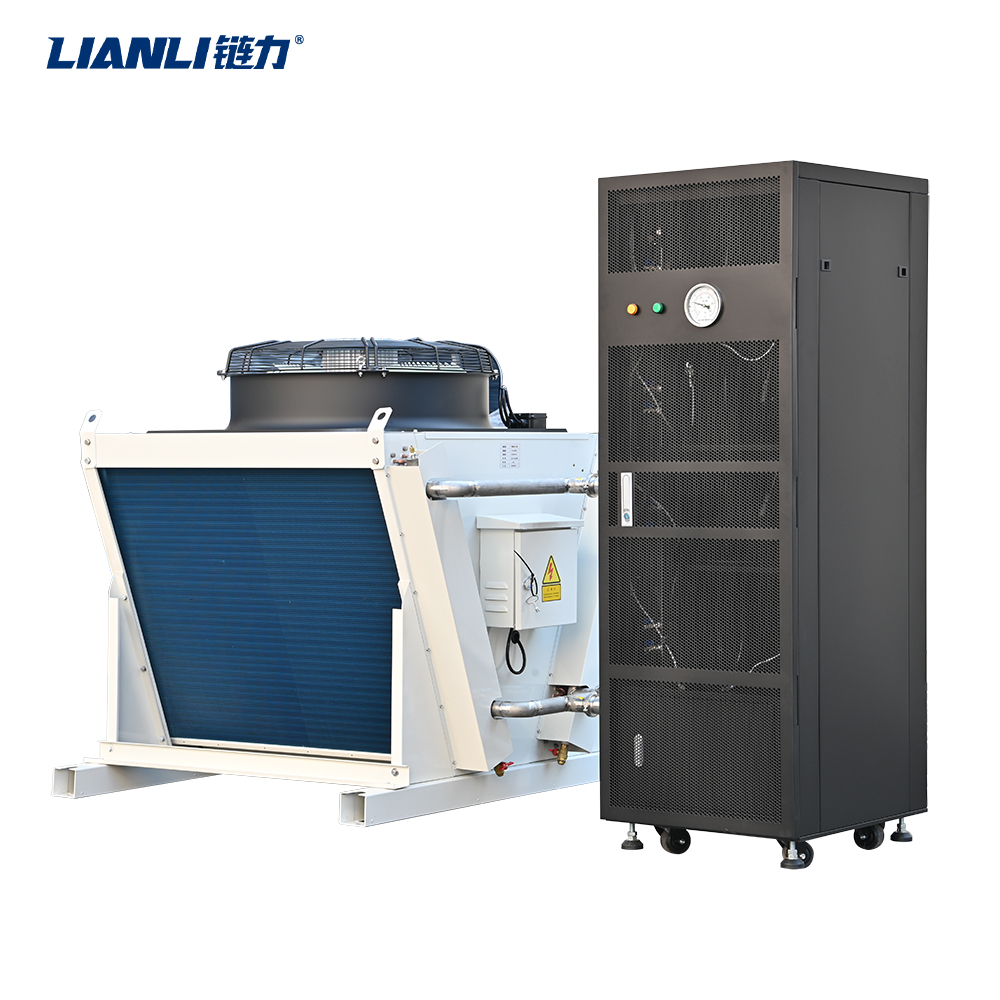 The cryptocurrency mining landscape is undergoing a dramatic transformation. As mining algorithms grow more complex and competition intensifies, miners are turning to increasingly powerful Application-Specific Integrated Circuit (ASIC) hardware to maintain profitability. At the forefront of this evolution is the Miner S21+ Hyd., a next-generation hydro-cooled ASIC miner designed to deliver exceptional computational power. However, with great power comes great heat. The immense thermal output of high-performance miners like the S21+ Hyd. poses a significant challenge for traditional air-cooled data center designs. This article argues that liquid cooling, particularly the integrated hydro-cooling system utilized by the S21+ Hyd., is not merely an option but an essential requirement for the future of efficient, sustainable, and scalable mining data centers.
The Heat Problem: Limitations of Air Cooling
Traditional mining farms rely heavily on air cooling – massive arrays of fans and complex ventilation systems to dissipate heat generated by ASICs. While effective for lower-power devices, this approach becomes fundamentally inefficient and problematic with high-density, high-wattage hardware like the Miner S21+ Hyd.:
The cryptocurrency mining landscape is undergoing a dramatic transformation. As mining algorithms grow more complex and competition intensifies, miners are turning to increasingly powerful Application-Specific Integrated Circuit (ASIC) hardware to maintain profitability. At the forefront of this evolution is the Miner S21+ Hyd., a next-generation hydro-cooled ASIC miner designed to deliver exceptional computational power. However, with great power comes great heat. The immense thermal output of high-performance miners like the S21+ Hyd. poses a significant challenge for traditional air-cooled data center designs. This article argues that liquid cooling, particularly the integrated hydro-cooling system utilized by the S21+ Hyd., is not merely an option but an essential requirement for the future of efficient, sustainable, and scalable mining data centers.
The Heat Problem: Limitations of Air Cooling
Traditional mining farms rely heavily on air cooling – massive arrays of fans and complex ventilation systems to dissipate heat generated by ASICs. While effective for lower-power devices, this approach becomes fundamentally inefficient and problematic with high-density, high-wattage hardware like the Miner S21+ Hyd.:


 The cryptocurrency mining landscape is undergoing a dramatic transformation. As mining algorithms grow more complex and competition intensifies, miners are turning to increasingly powerful Application-Specific Integrated Circuit (ASIC) hardware to maintain profitability. At the forefront of this evolution is the Miner S21+ Hyd., a next-generation hydro-cooled ASIC miner designed to deliver exceptional computational power. However, with great power comes great heat. The immense thermal output of high-performance miners like the S21+ Hyd. poses a significant challenge for traditional air-cooled data center designs. This article argues that liquid cooling, particularly the integrated hydro-cooling system utilized by the S21+ Hyd., is not merely an option but an essential requirement for the future of efficient, sustainable, and scalable mining data centers.
The Heat Problem: Limitations of Air Cooling
Traditional mining farms rely heavily on air cooling – massive arrays of fans and complex ventilation systems to dissipate heat generated by ASICs. While effective for lower-power devices, this approach becomes fundamentally inefficient and problematic with high-density, high-wattage hardware like the Miner S21+ Hyd.:
The cryptocurrency mining landscape is undergoing a dramatic transformation. As mining algorithms grow more complex and competition intensifies, miners are turning to increasingly powerful Application-Specific Integrated Circuit (ASIC) hardware to maintain profitability. At the forefront of this evolution is the Miner S21+ Hyd., a next-generation hydro-cooled ASIC miner designed to deliver exceptional computational power. However, with great power comes great heat. The immense thermal output of high-performance miners like the S21+ Hyd. poses a significant challenge for traditional air-cooled data center designs. This article argues that liquid cooling, particularly the integrated hydro-cooling system utilized by the S21+ Hyd., is not merely an option but an essential requirement for the future of efficient, sustainable, and scalable mining data centers.
The Heat Problem: Limitations of Air Cooling
Traditional mining farms rely heavily on air cooling – massive arrays of fans and complex ventilation systems to dissipate heat generated by ASICs. While effective for lower-power devices, this approach becomes fundamentally inefficient and problematic with high-density, high-wattage hardware like the Miner S21+ Hyd.:
- Inefficiency: Air has a relatively low specific heat capacity, meaning it cannot absorb much heat before its temperature rises significantly. Cooling high-power ASICs requires moving vast volumes of air, consuming substantial energy itself.
- Noise: The powerful fans needed to move this air generate significant noise pollution, making air-cooled facilities unsuitable for urban or residential areas.
- Space Inefficiency: Air cooling requires ample space around each miner for airflow, limiting rack density and increasing the physical footprint of the data center.
- Temperature Inconsistency: Achieving uniform cooling across densely packed racks is difficult, leading to hotspots that can degrade performance and shorten hardware lifespan.
- Scalability Limits: As mining power (and heat output) increases exponentially, scaling air-cooled facilities becomes exponentially more expensive and logistically challenging.
- Unparalleled Cooling Efficiency: Liquids, especially specialized coolants, have a much higher heat capacity than air. They can absorb and transport heat far more effectively, allowing the S21+ Hyd. to maintain optimal operating temperatures even under maximum load.
- Dramatic Noise Reduction: Eliminating the need for powerful internal fans drastically reduces operational noise. Hydro-cooled data centers are significantly quieter, opening up possibilities for deployment in a wider range of locations.
- Maximized Space Utilization: Without the need for large air gaps, S21+ Hyd. units can be packed much more densely in racks. This increases the computational power per square meter, optimizing data center space and reducing real estate costs.
- Enhanced Stability and Longevity: Precise temperature control prevents thermal throttling and reduces thermal stress on components. This leads to more stable hash rates, improved performance consistency, and potentially longer hardware lifespans for the Miner S21+ Hyd..
- Energy Efficiency: While pumps are required for liquid circulation, the overall energy required for cooling is significantly lower than the massive fan arrays in air-cooled systems. This improves the Power Usage Effectiveness (PUE) of the data center, a crucial metric for operational cost and sustainability.
- Heat Reuse Potential: The heated coolant from the S21+ Hyd. can be repurposed for other applications, such as space heating or industrial processes, turning waste heat into a valuable resource and further improving the facility’s overall energy efficiency.

- Enables Higher Density: Allows data centers to pack more computing power into the same physical space.
- Improves Sustainability: Reduces overall energy consumption for cooling and enables heat reuse, lowering the carbon footprint.
- Ensures Reliability: Provides stable, consistent cooling, protecting valuable mining hardware investment.
- Reduces Operational Costs: Lowers electricity bills (for cooling) and potentially reduces noise mitigation costs.
- Facilitates Scalability: Provides a more manageable and efficient path for expanding mining capacity.
